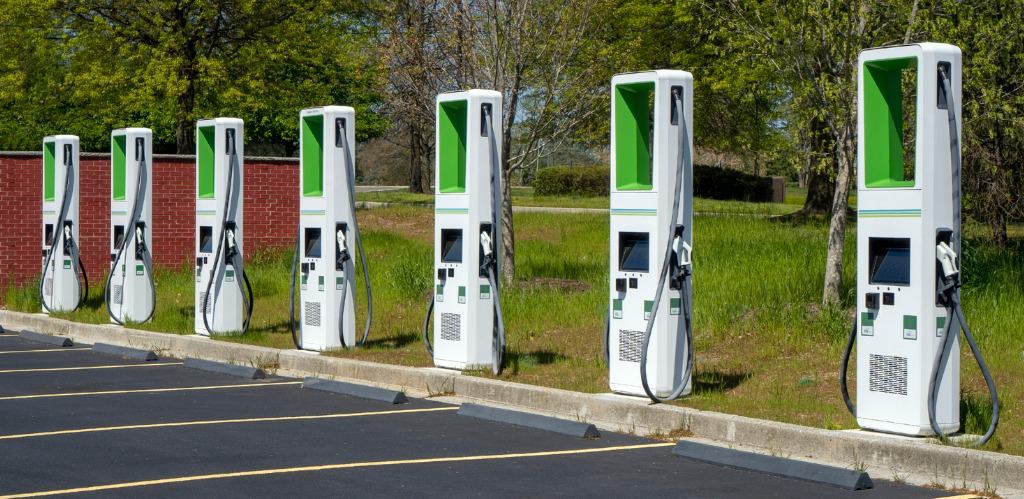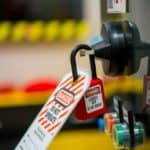The shift towards renewable energy is more crucial than ever, and the ‘duck curve’ has emerged as a significant challenge in energy management. Named for resembling a duck’s silhouette, it encapsulates the imbalance between peak solar energy production during the day and peak electricity demand in the evenings.
The intricacies of the duck curve and Battery Energy Storage Systems (BESS) are essential in smoothing out these discrepancies, ensuring a more efficient, cost-effective, and sustainable energy future. This mismatch leads to critical issues such as overproduction, potential curtailment of solar energy, and the urgent need for rapid ramping up of alternative power sources during non-peak.
- Overproduction and Potential Curtailment: During the day, more solar energy is generated than the grid requires. Without energy storage or demand-side measures, this could lead to curtailment of solar generation, meaning some solar energy goes unused.
- Rapid Ramping Needs: As the sun sets, there’s a sharp increase in the net load, which means other power sources (like natural gas peaker plants) need to ramp up their production to meet the demand quickly.
When to Consider BESS Installation
- Increased Demand: The challenges of the duck curve have amplified the need for energy storage. Increased demand during peak hours leads to increased energy costs.
- Sizing and Capacity Planning: Ramping up operations or unable to meet capacity? Capture excess generation during the day and meet the demand in the evening with BESS installation. The depth and duration of the storage become crucial parameters.
- Integration with Renewables: Many new solar or wind projects are now being proposed or built with co-located BESS to ensure a more consistent and reliable power output.
- Economic Considerations: As the duck curve can lead to decreased wholesale electricity prices during times of overproduction and potentially higher prices during rapid ramping periods, BESS can provide significant economic value by arbitraging these price differences (buying or storing power when it’s cheap and selling or dispatching it when it’s expensive).
BESS as a Solution
BESS plays a pivotal role in addressing the duck curve challenge.
- Storing Excess Generation: During overproduction, excess energy can be stored in batteries instead of curtailed.
- Discharging During Peak Demand: In the afternoon, when there’s a rapid increase in demand, stored energy in the batteries can be dispatched to the grid, reducing the ramping requirements for conventional power plants.
- Grid Stability: By acting as a buffer, BESS can help maintain the frequency and voltage stability of the grid. Tapping into your reserves lowers the strain on the grid, reducing costs.
Who should consider BESS Installation?
- Utilities and Grid Operators: These entities are primarily responsible for ensuring a balanced electricity supply and demand. The rapid increase in mid-day solar production, followed by the steep ramp-up in the evening when the sun sets but demand remains high, presents challenges in grid management.
- Solar Power Producers: As solar power generation increases during mid-day, it can lead to an oversupply situation. This can sometimes force grid operators to curtail (i.e., not use) some of this solar power, which can impact the revenues of solar power producers.
- Non-Solar Renewable Energy Producers: Wind power, for example, might be producing energy during periods of low demand and high solar production. This further exacerbates the oversupply problem and can lead to curtailment of wind power as well.
- Conventional Power Plants: These plants (like natural gas peaker plants) might be required to quickly ramp up production in the evening as the sun sets or ramp down during the day when solar power is abundant. This frequent ramping can increase wear and tear on equipment and reduce operational efficiency.
- Consumers: Both residential and commercial consumers can be affected. They might benefit from lower electricity prices during periods of oversupply but may also bear the costs of grid enhancements or the integration of storage solutions. Additionally, they may be incentivized through time-of-use rates to shift their electricity consumption to periods when solar energy is abundant.
- Energy Storage Solutions: The duck curve has increased interest in energy storage solutions like battery storage. While this represents an opportunity for storage providers, it also means that there’s pressure on them to deliver cost-effective and scalable solutions that can help address the challenges presented by the duck curve.
- Regulators and Policymakers: They need to develop regulations and policies that facilitate grid stability and promote the optimal integration of renewables into the power mix. This might include incentives for energy storage, time-of-use pricing, or grid enhancement initiatives.
The duck curve underscores the challenges of integrating large amounts of solar power into the grid. BESS installation and construction have emerged as a leading solution to these challenges, promising a more resilient and balanced power grid that can harness the full potential of renewable energy.
At SEAM Group, our expert teams are ready to support your BESS objectives. Reach out today to right-fit a strategy for your organization.





